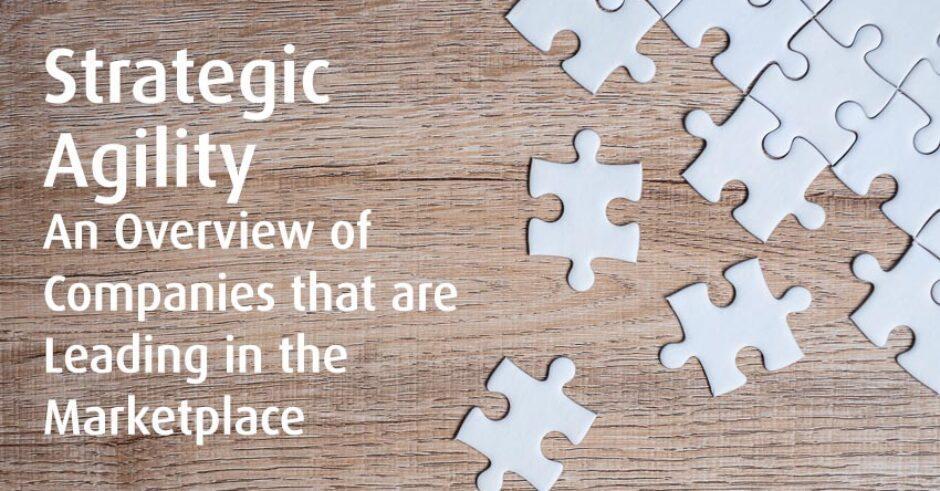Firstly, I must acknowledge the research, undertaken by the RBL Group, into some of the most successful businesses based in the USA, China and Finland. These included Alibaba, Amazon, DiDi, Facebook, Google, Huawei, Supercell and Tencent. Whilst the organisational design and leadership styles may differ in these organisations, the outcome is still the same; agile companies that are customer-centric and setting the standard in the marketplace. So, what do they have in common?
Culture. These organisations have set a customer-centric culture where everyone in the organisation is outward facing and aware of changes in the external environment. People development is seen as being essential to the development of the organisation and staff are encouraged to be innovative and creative, looking at future customer needs as well as finding ways in which to improve current products and services. There is collaboration across the organisation and information and data are shared so as to ensure that lessons are learned (not just identified). Resources, including people, can be moved around the organisation so as to ensure that deadlines are met. Everyone is aware of the need for change in order for the company to grow and prosper; they not only accept change, but actively look for ways to leverage change in a way that brings additional benefits to the customer and to the organisation.
Organisational Design. Each of these organisations have been designed in a way that encourages collaboration and communication. The cells that produce products are supported by Business Partners from a support platform (i.e. HR, Finance, Customer Services, Marketing, Sales etc). These business partners, as well as understanding the needs of the ‘productive’ cells, are also aware of the support being provided by other partners; thereby ensuring that there is a holistic approach that ensures that everyone is moving in the same direction. To do this they need a greater understanding of business management and administration (part of our own branding highlights the fact that we ‘Understand Business – Not Just HR).
Leadership and Accountability. Succession planning is essential to ensuring that the standard of leadership is consistent throughout the organisation. Everyone in a leadership role, from senior management to team leaders, is aware of the direction in which the company needs to move in order to continue to meet customer expectation and lead in the marketplace. They leverage a culture whereby people feel, think and act consistent with customer expectations and the promises made to other key stakeholders. Everyone in the organisation is aware that they are accountable for the success of the company through their actions and business leaders set individual goals for their staff so that such accountability can be measured.
Collaboration. Collaboration is not limited to internal cells; these organisations also collaborate with external providers. If we take Amazon as an example, not only does the company market its’ own products but also acts as a platform for other suppliers. I have, myself, bought second hand books from booksellers who take advantage of Amazons’ ability to market their products (this is beneficial to both parties).
This article provides but a glimpse of how companies are achieving agility in the marketplace. However, I think that it is worth highlighting that organisations across Asia have not been slow in learning from this research. Businesses in Singapore and India, in particular, are proving to be extremely agile and able to respond to changes in the external environment with speed and scale.
I am aware that it is easier to design an organisation from start-up than it is to reinvent an established company. However, as businesses move through their life-cycle, they need to continually reinvent themselves if they are to continue to grow (in some cases to survive). However, two things have come to light when undertaking our own research and development. Firstly, collaboration and communication often suffers in Holding Companies; resulting in limited value being passed to the Customer due to the failure of the business to react to change in the external environment with speed and scale. Secondly, hierarchical structures tend to foster conformity which, in turn, stifles innovation, creativity, employee engagement and productivity. In both cases the organisations are market-orientated and need to reinvent themselves to become customer orientated (looking from the outside/in, rather than the inside/out).
How do you rate your organisation when it comes to agility?
If you haven’t already, you can read Part 1, Part 2, Part 3 and Part 4 of the series here.





